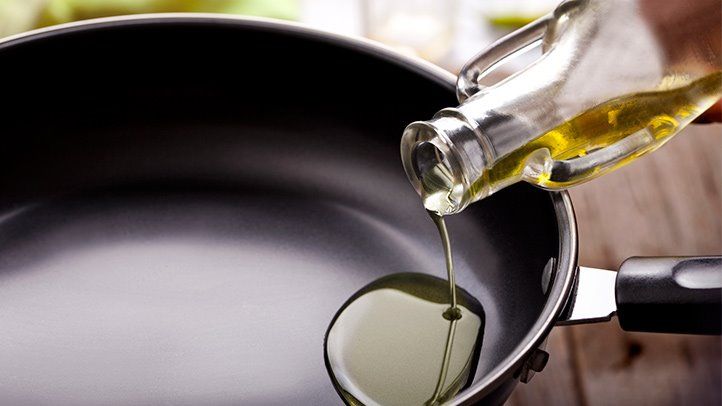The Philippines cooking oil market is simmering with potential, driven by a rising population, increasing disposable incomes, and a growing demand for convenient and healthy food options. This report summarizes the key trends, growth drivers, and future prospects of this vital segment of the Filipino food industry.
Market on the Rise: Size and Growth Trajectory
- The Philippines cooking oil market boasts a significant size, reaching an estimated value of USD 3.55 billion in 2023 (according to Fortune Business Insights). Analysts predict continued expansion, with the market projected to reach USD 5.07 billion by 2030, reflecting a steady Compound Annual Growth Rate (CAGR) of approximately 5.21%.
Key Drivers of Growth:
- Population Growth: The Philippines' rising population creates a larger consumer base, increasing the demand for cooking oils.
- Urbanization and Busier Lifestyles: The growing trend towards urbanization and busier lifestyles fuels the demand for convenient cooking solutions, leading to increased use of cooking oils in processed foods.
- Rising Disposable Incomes: Increasing disposable incomes allow Filipino consumers to explore a wider variety of cooking oils, including premium and healthier options.
- Expanding Food Processing Industry: The flourishing food processing industry in the Philippines acts as a significant driver for the demand for cooking oils.
Market Segmentation and Trends:
- Product Type: The market is segmented by product type, with major categories including:
- Palm oil (currently holds the largest market share due to affordability)
- Soybean oil
- Coconut oil
- Sunflower oil
- Blended oils (gaining popularity due to their versatility and health benefits)
- Healthier Choices: Consumers are showing a growing interest in healthier cooking oils like canola oil and olive oil, driven by increased health awareness.
- Sustainability Concerns: The industry is witnessing a growing emphasis on eco-friendly packaging solutions and responsible sourcing practices.
Competitive Landscape:
- Major players in the Philippines cooking oil market include multinational corporations like Cargill and Wilmar International, alongside established domestic players like Universal Robina Corporation and Bounty Fresh Food Inc.
Looking Ahead: A Flavorful Future
The future of the Philippines cooking oil market is expected to be shaped by several key trends:
- Product Innovation: Development of new and innovative cooking oil blends catering to specific health needs and Filipino culinary preferences.
- Focus on Sustainability: Companies are expected to prioritize eco-friendly practices and offer cooking oils produced through responsible sourcing.
- Shifting Consumer Preferences: Demand for healthier cooking oils like olive oil and blended options is likely to rise, driven by growing health consciousness.
Conclusion: A Strategic Market for Global Players
The Philippines cooking oil market presents a strategic opportunity for both domestic and international companies. By catering to evolving consumer preferences, prioritizing health and sustainability, and offering innovative products, the market is poised for continued growth, serving the vibrant Filipino culinary landscape.







